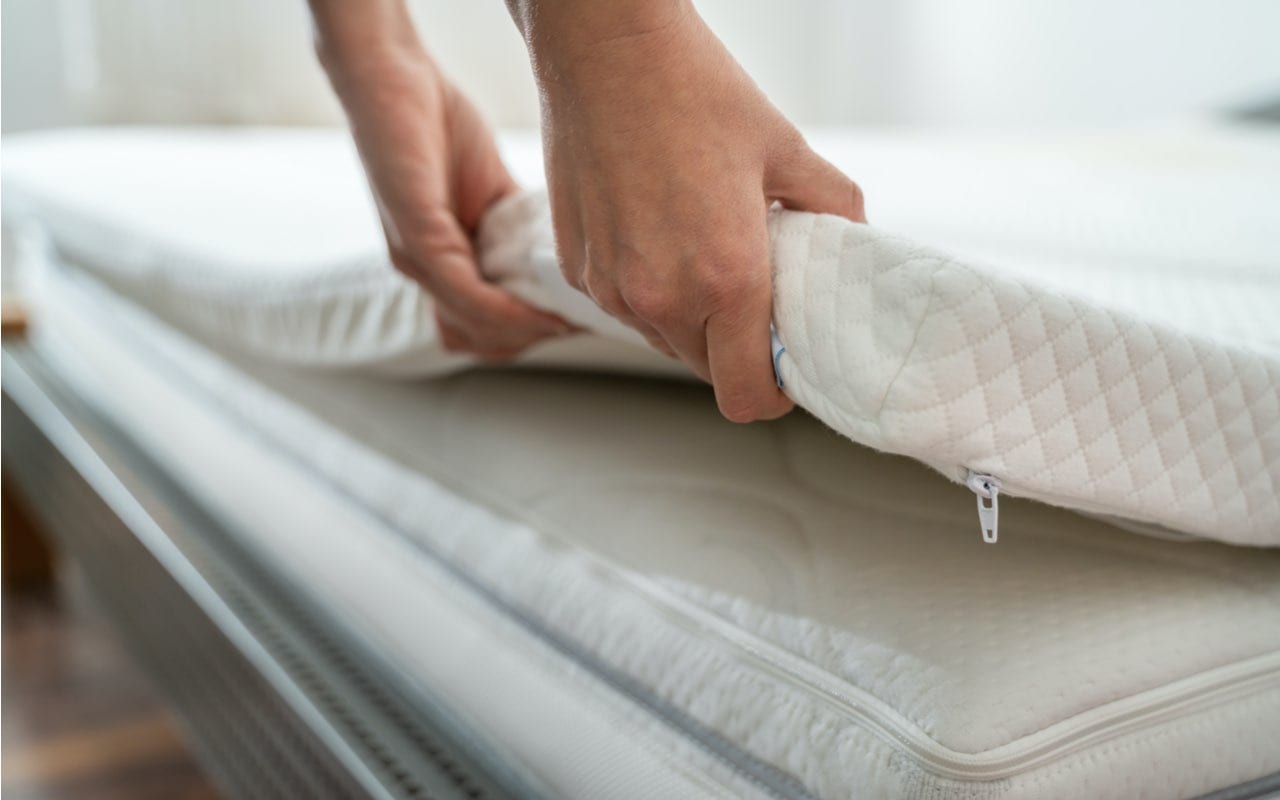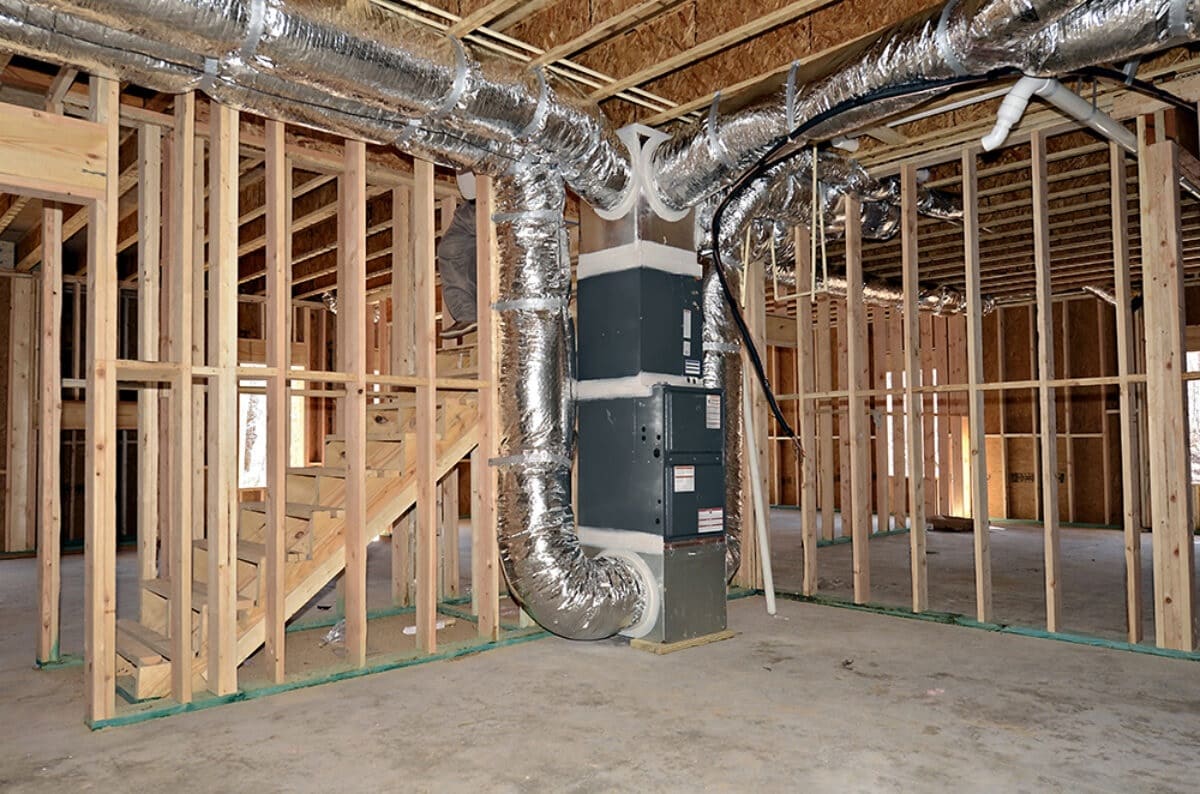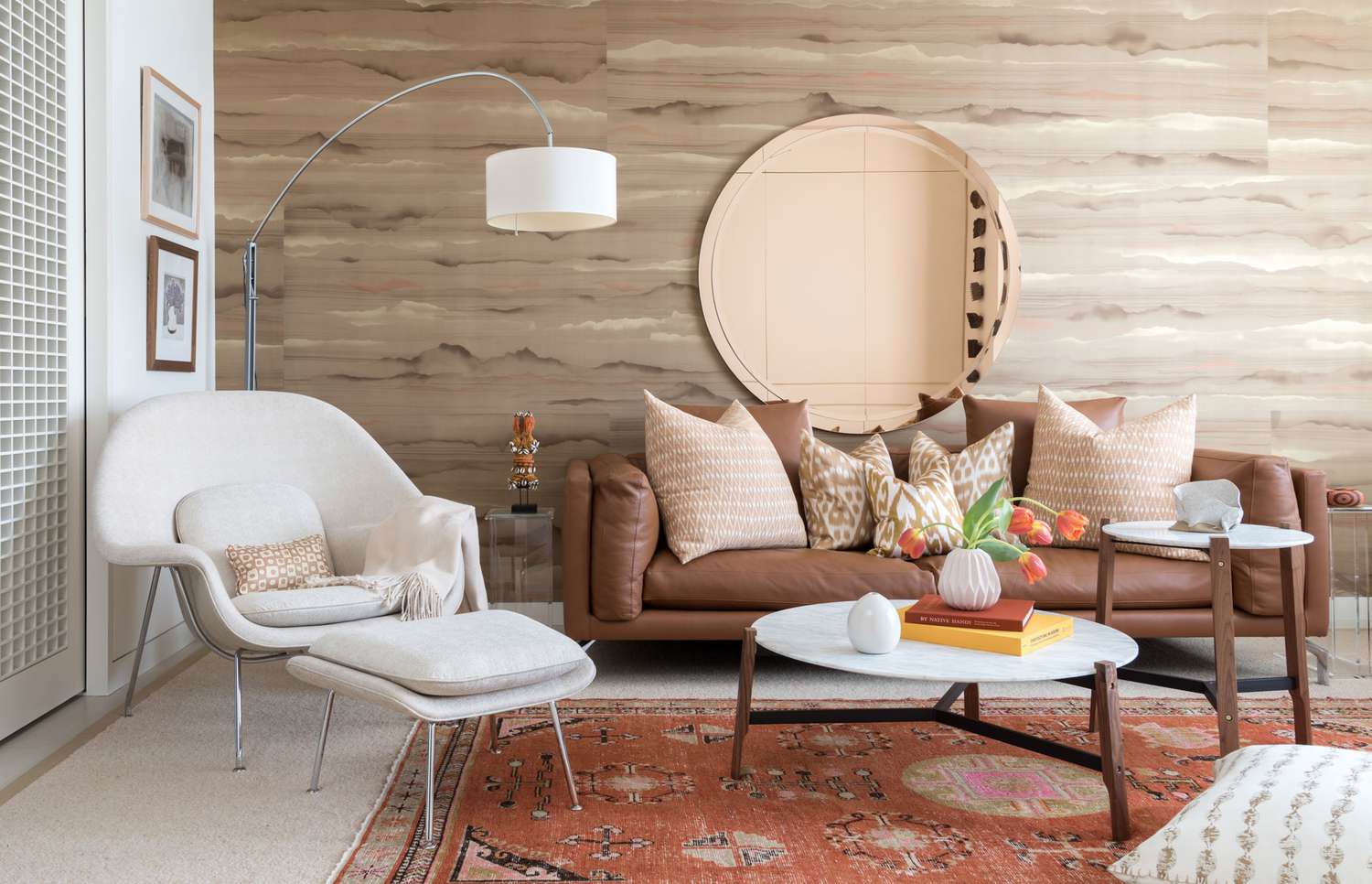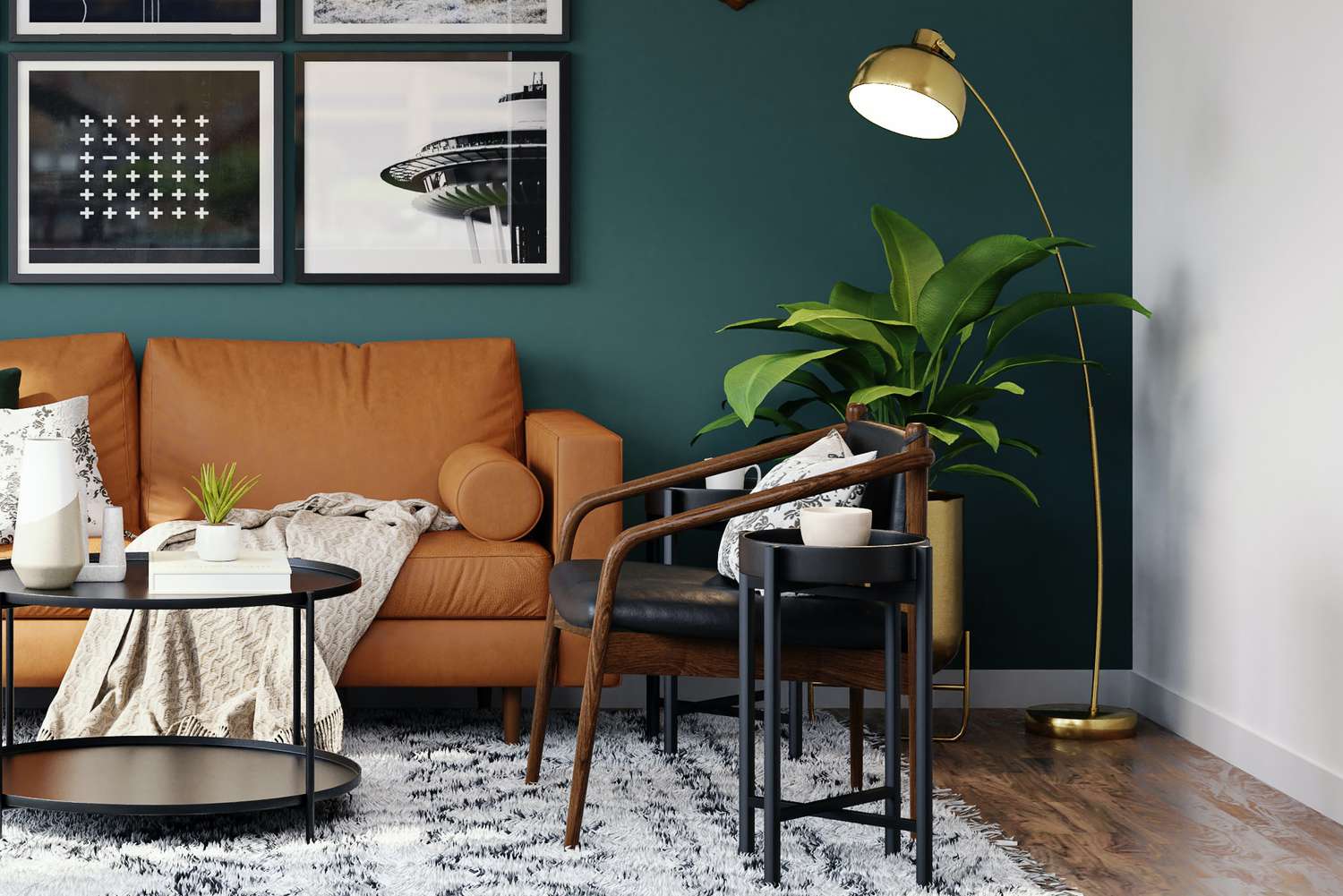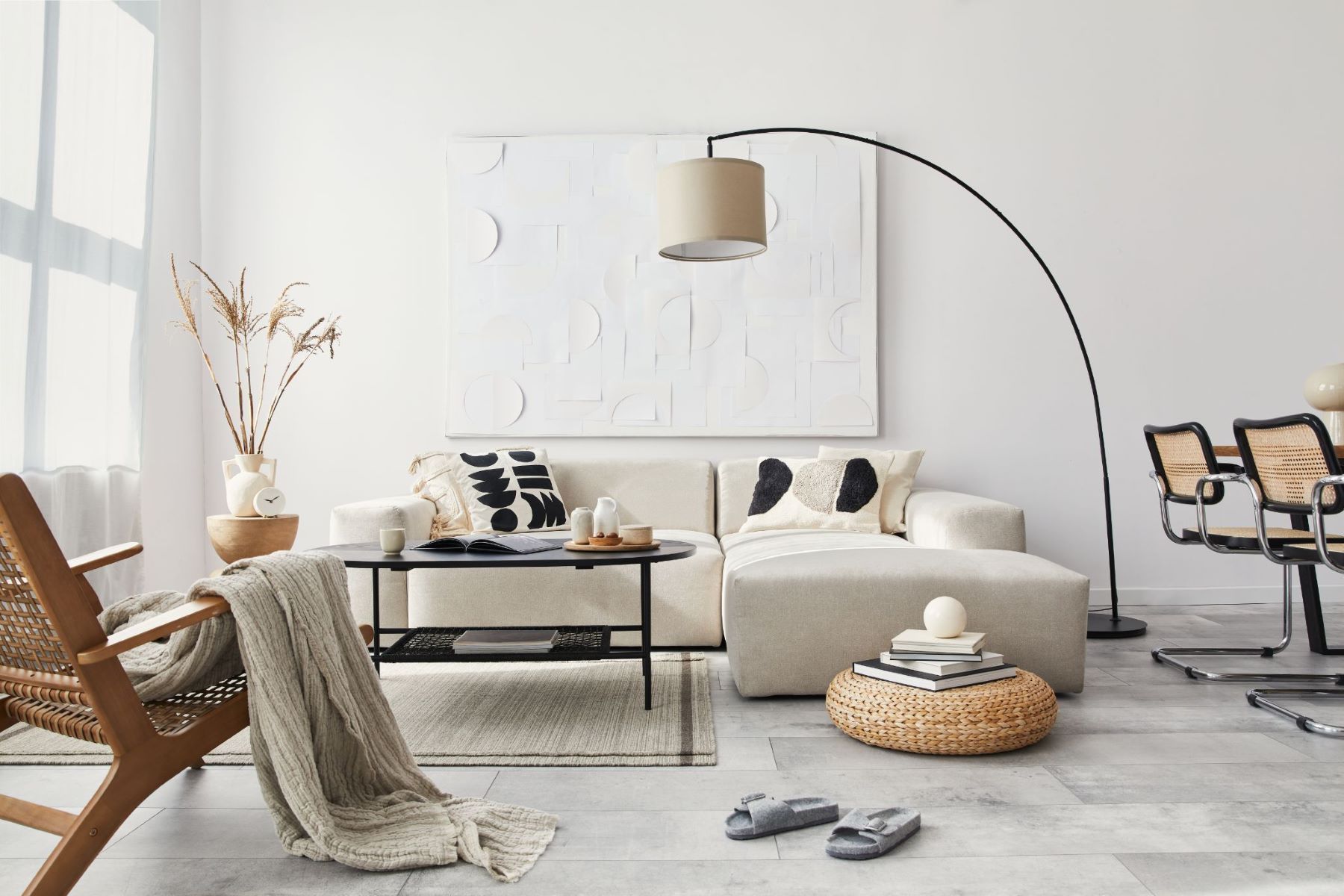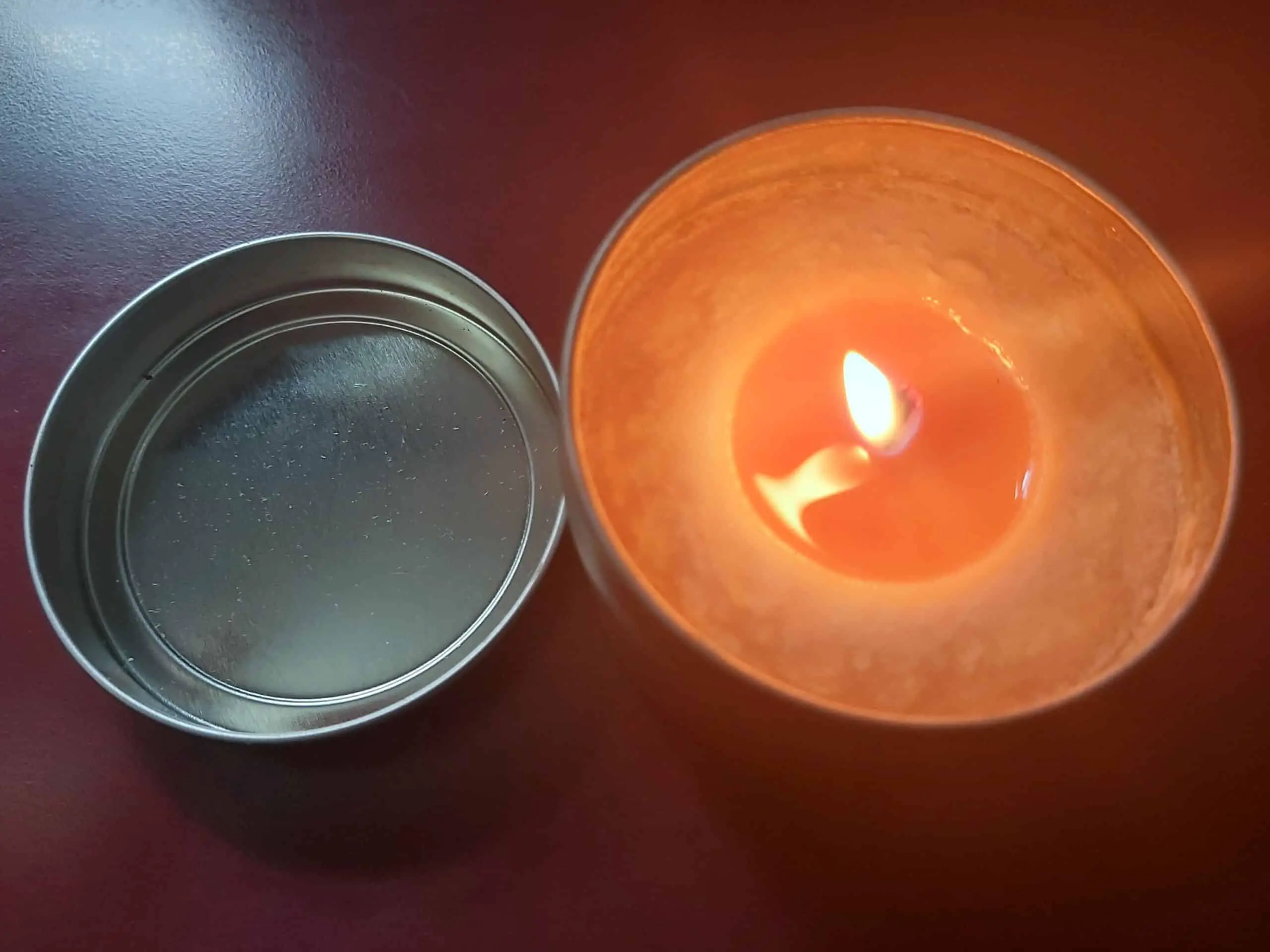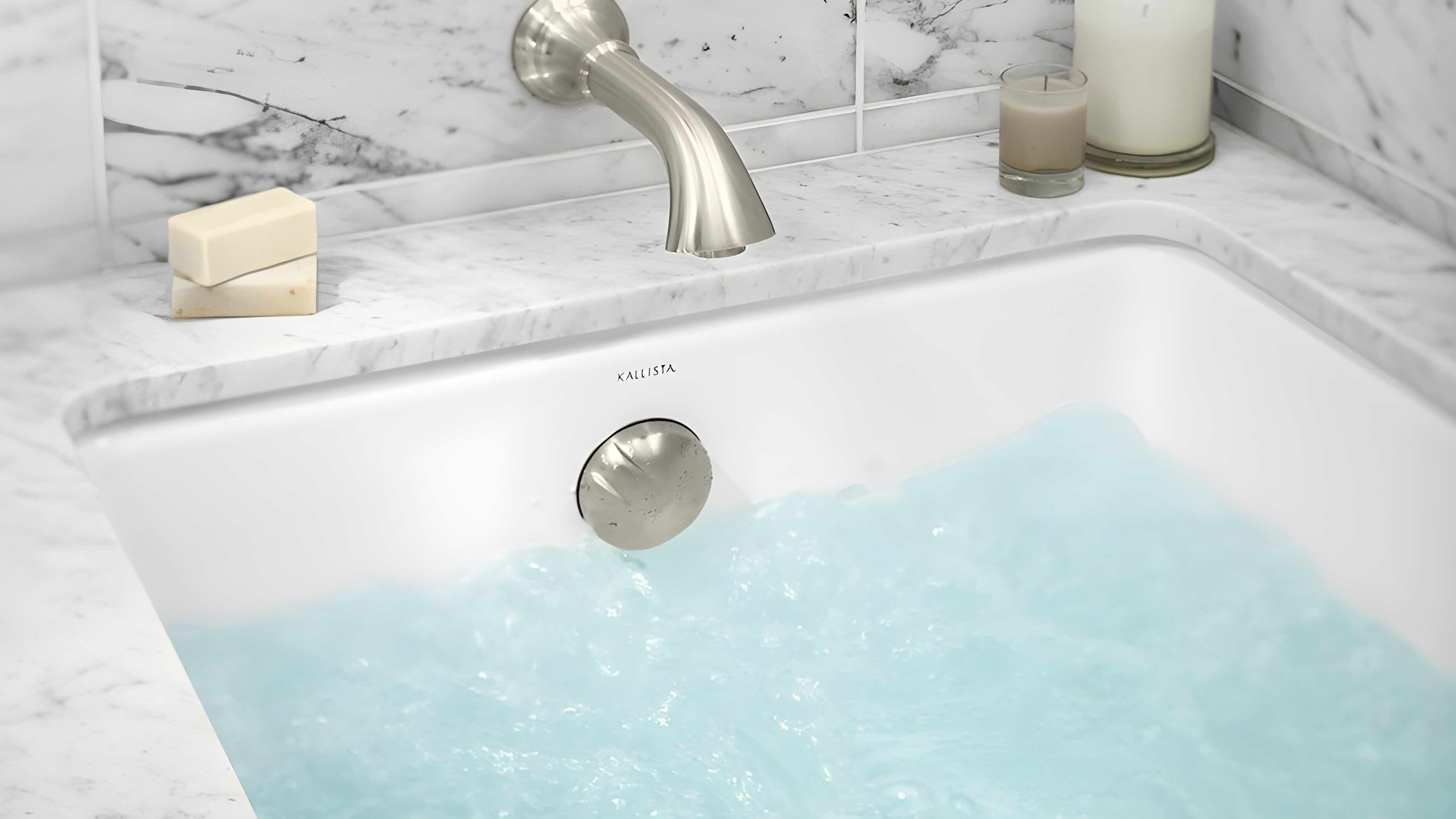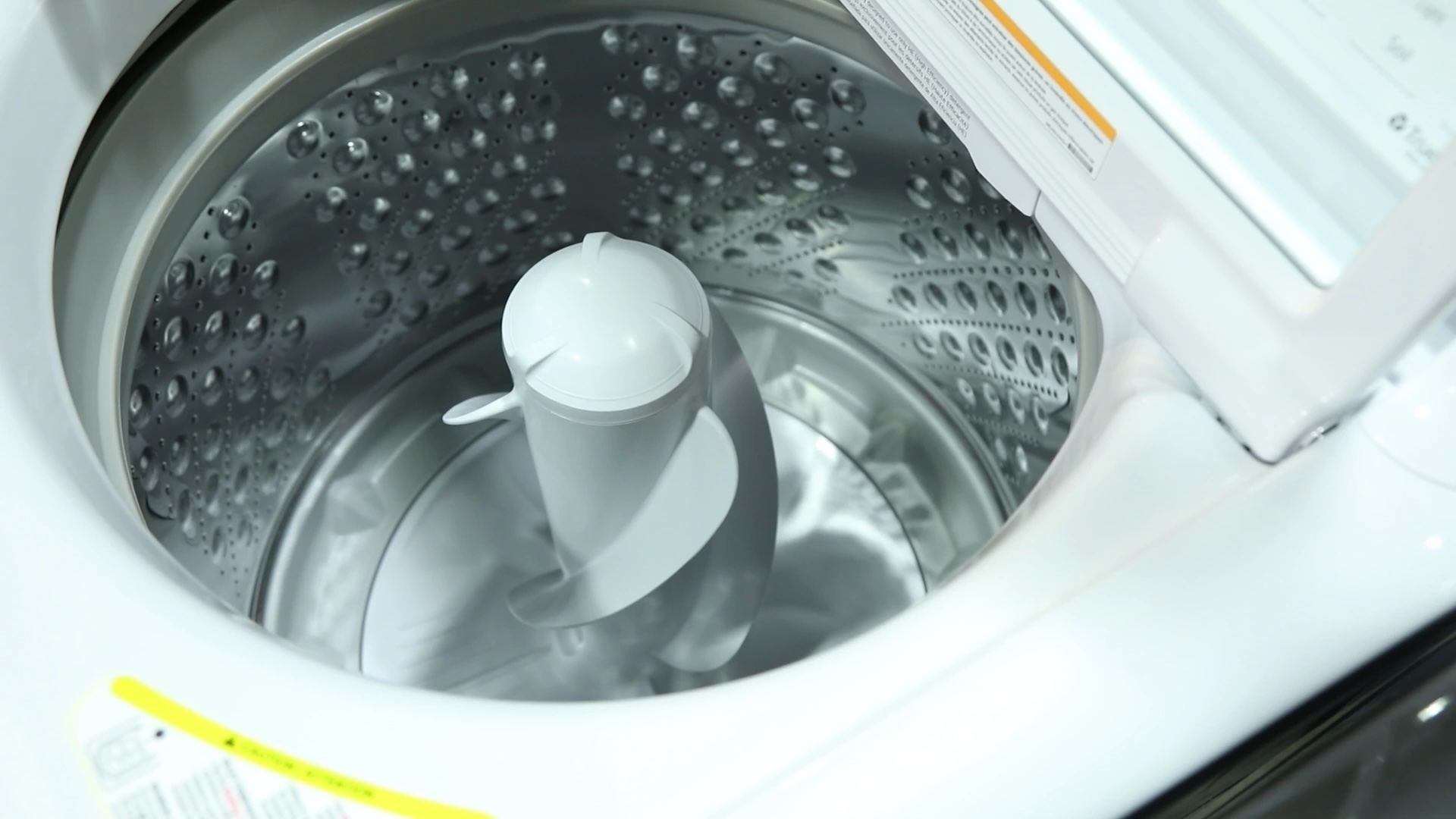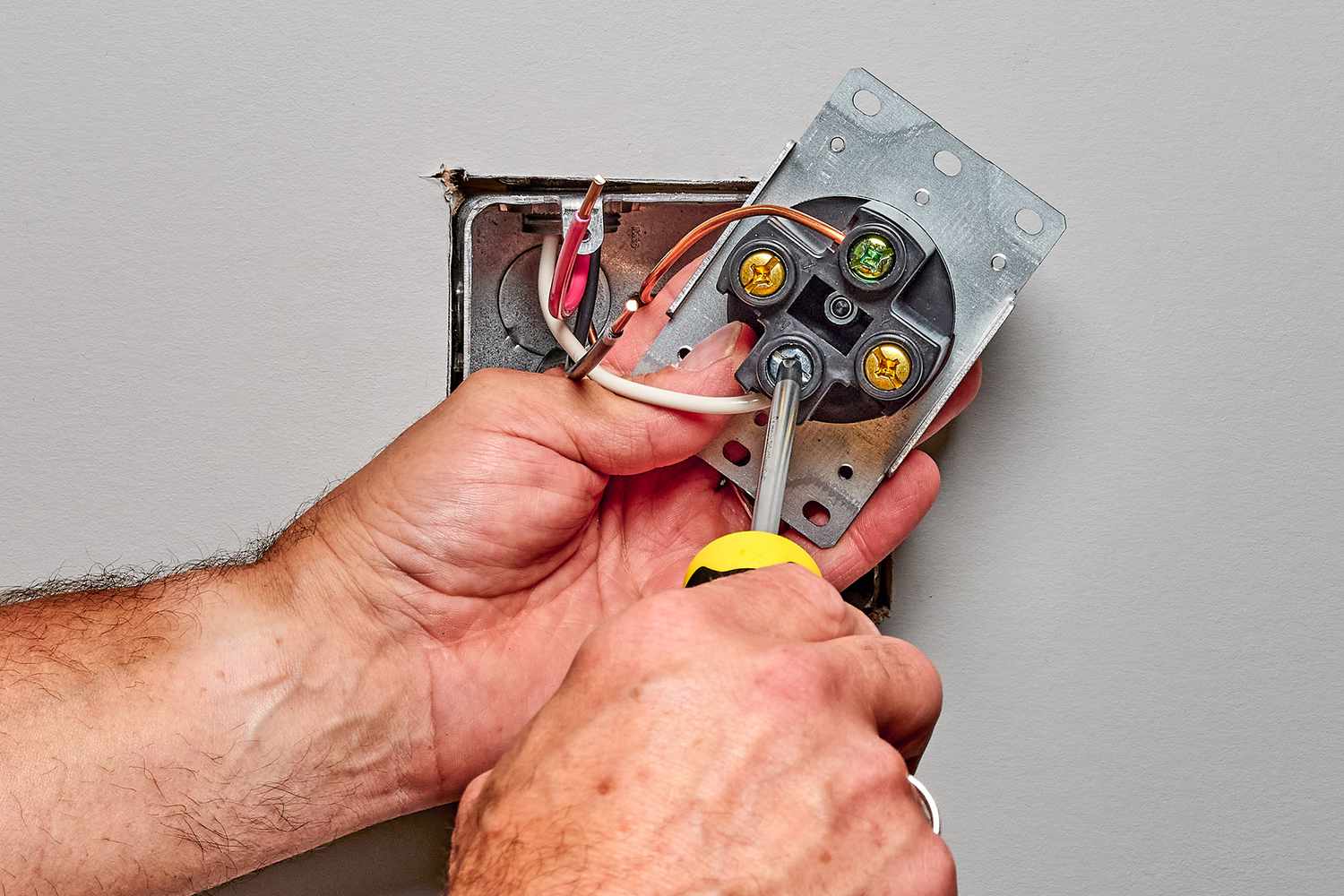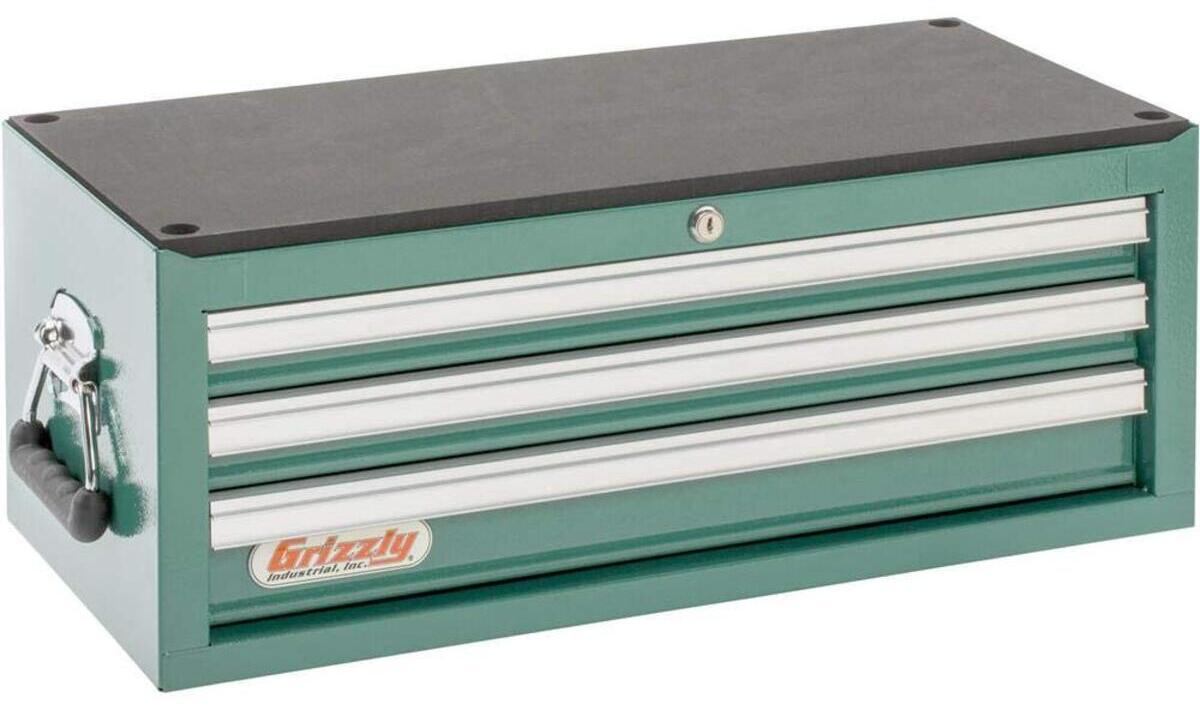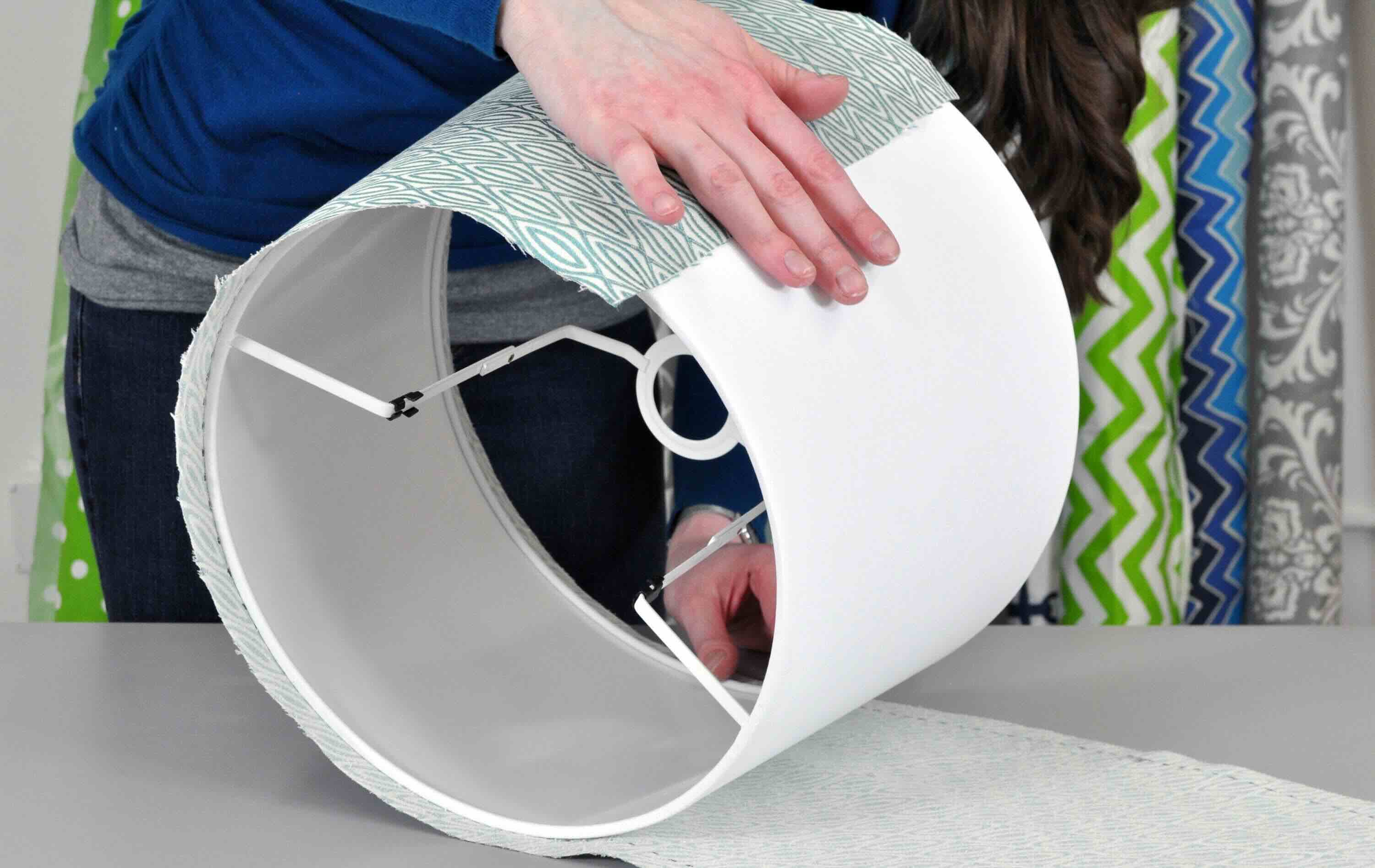Home>Furniture>How To Plug In A Lamp In The Middle Of The Room
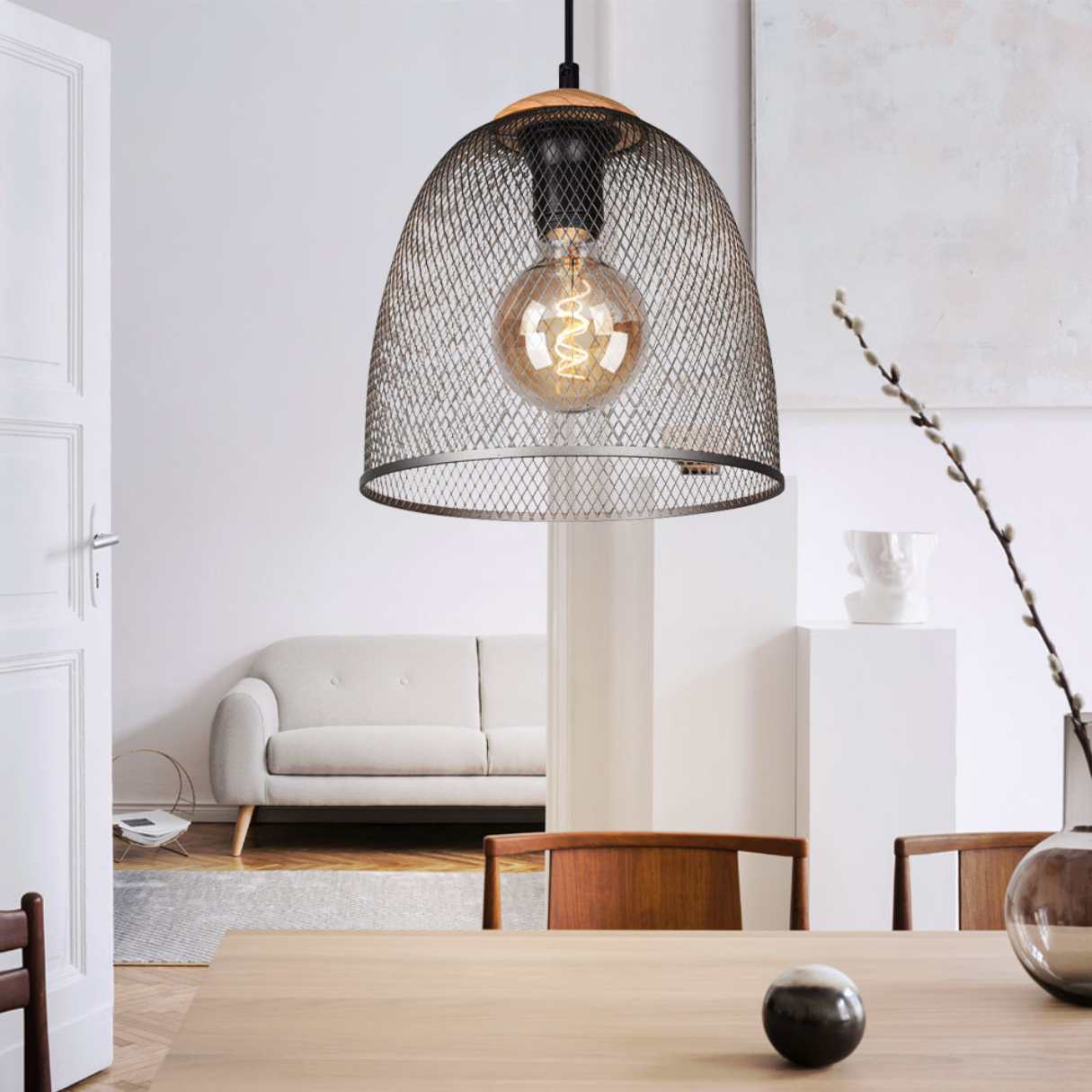

Furniture
How To Plug In A Lamp In The Middle Of The Room
Modified: October 20, 2024
Learn how to efficiently plug in a lamp in the middle of the room without compromising the furniture layout. Discover step-by-step instructions and expert tips to seamlessly incorporate lighting into any living space.
(Many of the links in this article redirect to a specific reviewed product. Your purchase of these products through affiliate links helps to generate commission for Storables.com, at no extra cost. Learn more)
Introduction
Welcome to our guide on how to safely and efficiently plug in a lamp in the middle of a room. Placing a lamp in the center of a room can be a great way to add additional lighting and create a cozy atmosphere. However, it can sometimes be a challenge to find an electrical outlet in close proximity.
Fortunately, with a few steps and the right equipment, you can easily overcome this obstacle and enjoy the benefits of having a well-lit space. In this article, we will walk you through the process, from assessing the location to safely plugging in the lamp, ensuring a seamless and visually appealing setup.
So, whether you’re looking to brighten up your living room, office, or any other space, read on to discover how to plug in a lamp in the middle of the room.
Key Takeaways:
- Easily overcome the challenge of plugging in a lamp in the middle of a room by assessing the location, choosing the right equipment, and safely concealing the extension cord for a visually appealing and well-lit space.
- Ensure a safe and visually appealing setup by carefully positioning the lamp, hiding the extension cord, and taking necessary safety precautions to enjoy a cozy and well-illuminated space.
Read more: How To Install A Plug-In Lamp Dimmer
Step 1: Assess the location
The first step in plugging in a lamp in the middle of a room is to assess the location. Take a few moments to consider where you would like to place the lamp and how it will enhance the ambiance of the space.
Consider the layout of the room and how the lamp will fit in with the existing furniture and decor. Think about the purpose of the lamp—is it purely for functional lighting or to create a warm, inviting atmosphere?
Next, identify the closest electrical outlets and determine if any are within reach of the desired lamp location. If there is an outlet nearby, measure the distance from the desired location to determine if an extension cord will be necessary.
If there are no accessible electrical outlets nearby, you may need to consider rearranging the furniture or consulting with an electrician to install additional outlets.
It’s also important to consider any safety concerns or hazards that may come into play. Ensure that the lamp’s placement doesn’t obstruct any walkways, create a tripping hazard, or pose a risk of damage to the lamp or surrounding objects.
By carefully assessing the location, you can ensure that your lamp placement not only meets your lighting needs but also creates a visually appealing and safe environment.
Step 2: Gather necessary equipment
Once you have assessed the location and determined that an extension cord is needed, it’s time to gather the necessary equipment. Here are the items you will need:
- Lamp: Choose a lamp that fits the style and lighting requirements of your space. Ensure that it is in good working condition and has a plug suitable for the region’s electrical outlets.
- Extension cord: Select an extension cord that is long enough to reach from the lamp’s desired location to the closest electrical outlet. Make sure it is rated for indoor use and has a sufficient amperage rating to handle the wattage of your lamp.
- Cord concealer or cable covers: If you want to hide the extension cord and create a cleaner look, consider using cord concealers or cable covers to keep the cord neatly tucked away.
- Tape or adhesive hooks: Depending on the surface and layout of your space, you may need tape or adhesive hooks to secure the extension cord along the walls or floor. Choose a tape or hooks that are appropriate for the surface and won’t damage it.
- Power strip or surge protector (optional): If you plan to plug in multiple devices in addition to the lamp, you may want to use a power strip or surge protector to provide additional outlets.
Gathering these necessary equipment beforehand will ensure a smoother installation process and help you avoid any last-minute trips to the store.
Step 3: Measure for extension cord length
Before purchasing an extension cord, it’s important to measure the distance between the lamp’s desired location and the nearest electrical outlet. This will help determine the appropriate length you need for the extension cord.
To measure the length, use a tape measure or a piece of string. Start from the lamp’s desired location and follow the path along the floor or wall that the extension cord will take. Measure all turns, corners, and obstacles that the cord will need to navigate.
It’s always better to have an extension cord that is too long than too short, as you can always neatly coil and secure any excess length. Additionally, consider the height at which you plan to position the lamp. If the lamp will be placed on a table or surface, add a few extra inches to the measured length to allow the cord to reach the outlet comfortably.
Keep in mind that extension cords come in various lengths, typically ranging from 6 to 25 feet or more. Choose the length that suits your specific needs and provides ample flexibility for positioning the lamp.
By accurately measuring for the extension cord length, you can ensure that you have the appropriate size to safely and conveniently plug in your lamp in the middle of the room.
Step 4: Choose the right extension cord
Choosing the right extension cord is crucial to ensure the safe and efficient operation of your lamp. Here are a few factors to consider when selecting an extension cord:
1. Length: Refer to the measurements taken in the previous step to determine the appropriate length for the extension cord. Choose a cord that is long enough to reach from the lamp’s desired location to the nearest electrical outlet, while still allowing for some flexibility in positioning.
2. Gauge: The gauge of an extension cord refers to the thickness of its wire. A lower gauge number indicates a thicker wire and can handle higher amperage or wattage loads. For most lamps, a 16-gauge or 14-gauge extension cord should suffice. However, if you plan to connect multiple devices or lamps to the same extension cord, consider opting for a lower gauge to handle the increased power demand.
3. Amp rating: Each extension cord has a specified amp rating, which indicates the maximum electrical current it can safely handle. Check the amp rating of your lamp and ensure that the extension cord can support it. As a general rule, choose an extension cord with an amp rating greater than or equal to the lamp’s requirements.
4. Indoor use: Make sure the extension cord is specifically designed for indoor use. Indoor extension cords are not intended to withstand outdoor elements or harsh conditions.
5. Safety certifications: Look for extension cords that are certified by recognized safety organizations such as Underwriters Laboratories (UL) or Canadian Standards Association (CSA). These certifications ensure that the extension cord meets quality and safety standards.
Remember, using the wrong extension cord or an improperly rated cord can lead to overheating, short circuits, or electrical hazards. Always choose an extension cord that is suitable for the power requirements of your lamp and follow the manufacturer’s instructions.
By selecting the right extension cord, you can ensure a reliable and safe power connection for your lamp in the middle of the room.
Use an extension cord to reach the nearest outlet. Make sure the cord is rated for the wattage of the lamp and avoid creating a tripping hazard.
Step 5: Position the lamp
Now that you have your lamp and extension cord ready, it’s time to position the lamp in the desired location. Follow these steps to ensure an optimal placement:
1. Clear the area: Clear any objects or furniture from the intended lamp placement area. Make sure there is enough space for the lamp to sit securely and for the light to disperse effectively.
2. Consider height: Determine the ideal height for the lamp based on your lighting preferences and the function of the space. For example, if the lamp is intended for reading, it should be positioned at a height that allows the light to illuminate the reading material without causing glare.
3. Placement aesthetics: Consider the overall aesthetics of the room and the desired visual impact of the lamp. Position the lamp in a way that complements the furniture, décor, and the overall style of the space.
4. Accessibility: Ensure that the lamp’s placement allows for easy access to the switch or controls. You don’t want to struggle to turn on or adjust the lamp’s settings once it’s positioned in the middle of the room.
5. Check for stability: Make sure the lamp is stable and won’t easily tip or be knocked over. If needed, adjust the lamp’s position or use furniture pads to stabilize it.
6. Test the lighting: Before proceeding to the next step, turn on the lamp and check if the lighting output is satisfactory. Adjust the lamp’s position if necessary to achieve the desired illumination.
By carefully positioning the lamp, you can create a focal point in the middle of the room and enhance the ambiance and functionality of your space.
Step 6: Lay out and hide the extension cord
After positioning the lamp, it’s time to lay out and hide the extension cord to create a neat and visually appealing setup. Follow these steps to accomplish this:
1. Choose the appropriate path: Determine the best path for the extension cord from the lamp to the nearest electrical outlet. Consider the layout of the room, furniture placement, and any potential tripping hazards.
2. Secure the cord along the walls or floor: Use tape or adhesive hooks to secure the extension cord along the walls or floor, following the intended path. Make sure the cord is taut, without any loops or sagging, to minimize the risk of tripping or tangling.
3. Utilize cord concealers or cable covers: For an even cleaner and more professional look, consider using cord concealers or cable covers to hide the extension cord. These options are available in various styles and colors to blend with your room’s decor. Simply place the cord inside the cover and position it along the walls or baseboards.
4. Route the cord behind furniture or rugs: If possible, route the extension cord behind furniture, such as bookcases or sofas, to keep it hidden from view. You can also tuck the cord beneath rugs or use cable clips to secure it along the underside of furniture to further conceal the cord.
5. Avoid creating tripping hazards: Ensure that the extension cord is not obstructing any walkways or creating a tripping hazard. Double-check that it is secured safely and out of the way of foot traffic.
By carefully laying out and hiding the extension cord, you can minimize its visibility and maintain a clean and organized appearance in your room.
Step 7: Plug in the lamp
Now that you have positioned the lamp and hidden the extension cord, it’s time to plug in the lamp and complete the setup. Follow these steps to safely connect the lamp to the power source:
1. Locate the end of the extension cord nearest to the lamp. Ensure that the cord is securely laid out and positioned as desired.
2. Carefully plug the lamp’s power cord into the female end of the extension cord. Ensure that the connection is secure and snug.
3. Avoid overloading the circuit: If you are plugging in multiple devices or lamps into the extension cord or power strip, be mindful of the power capacity of the circuit. Overloading the circuit can lead to tripped breakers or other electrical issues. Spread the load across multiple outlets or consider using a power strip with built-in surge protection.
4. Test the lamp: Once the lamp is plugged in, turn it on to test if it is functioning properly. Check that the light bulb illuminates, and if applicable, adjust any settings or dimmer switches to achieve the desired lighting level.
5. Ensure the lamp’s stability: After plugging in the lamp, make sure it remains stable and securely positioned. Check for any wobbling or tipping and readjust if necessary.
6. Inspect the plugs and cords: Take a moment to inspect the plugs and cords for any signs of damage or fraying. If you notice any issues, discontinue use and replace the lamp or extension cord as needed to maintain safety.
By following these steps, you can safely connect the lamp to the power source and confirm that it is in proper working condition.
Step 8: Ensure safety precautions are taken
After plugging in the lamp, it’s important to take necessary safety precautions to ensure the well-being of both yourself and your space. Follow these guidelines to maintain a safe environment:
1. Keep the cord away from heat sources: Ensure that the extension cord and lamp’s power cord are kept away from heat sources such as radiators, space heaters, or open flames. Excessive heat can damage the cords and increase the risk of fire.
2. Avoid placing cords under rugs or furniture legs: Never run extension cords or lamp cords under rugs or furniture legs, as this can cause a build-up of heat and increase the risk of cord damage or fire hazards.
3. Regularly inspect cords and plugs: Routinely inspect the extension cord and lamp’s power cord for any signs of damage, fraying, or exposed wires. If any issues are detected, immediately discontinue use and replace the cords to prevent electrical hazards.
4. Do not overload the electrical outlets: Avoid overloading the electrical outlets by plugging in multiple high-wattage devices or appliances at once. This can strain the circuit and potentially lead to electrical problems, such as tripped breakers or electrical fires. Spread the load across multiple outlets or use separate circuits as needed.
5. Unplug and store cords when not in use: When the lamp is not in use, it is a good practice to unplug it from the extension cord and store the cord in a safe location. This helps prevent accidental damage and minimizes the risk of tripping over cords.
6. Use surge protectors for electronic lamps: If your lamp has electronic components, such as dimmers or touch-sensitive controls, consider using a surge protector to protect against power surges. This can help safeguard the lamp from electrical damage and prolong its lifespan.
Remember, electrical safety is paramount when it comes to plugging in lamps and any other electrical devices. By taking these safety precautions, you can enjoy a well-illuminated space without compromising the safety of your home or workplace.
Read more: How Many Lamps Should Be In A Living Room
Conclusion
Congratulations on successfully plugging in a lamp in the middle of a room! By following the steps outlined in this guide, you have gained the knowledge and expertise to create a well-lit and visually appealing space, even when electrical outlets are not conveniently located.
From assessing the location and gathering the necessary equipment to carefully positioning the lamp and concealing the extension cord, each step is crucial in achieving a seamless and safe setup. By taking into consideration factors like aesthetics, safety, and functionality, you have created an environment that combines both style and practicality.
Remember, as you enjoy the ambiance and convenience created by your newly installed lamp, it is important to consider ongoing safety measures. Regularly inspect cords and plugs for any signs of damage, avoid overloading electrical outlets, and practice proper cord management when the lamp is not in use.
With the right equipment, planning, and attention to detail, you can enhance the lighting in any room and create a cozy and inviting atmosphere even in the most challenging locations.
We hope this guide has been helpful and that you enjoy the benefits of your beautifully lit space. Happy decorating!
Frequently Asked Questions about How To Plug In A Lamp In The Middle Of The Room
Was this page helpful?
At Storables.com, we guarantee accurate and reliable information. Our content, validated by Expert Board Contributors, is crafted following stringent Editorial Policies. We're committed to providing you with well-researched, expert-backed insights for all your informational needs.

